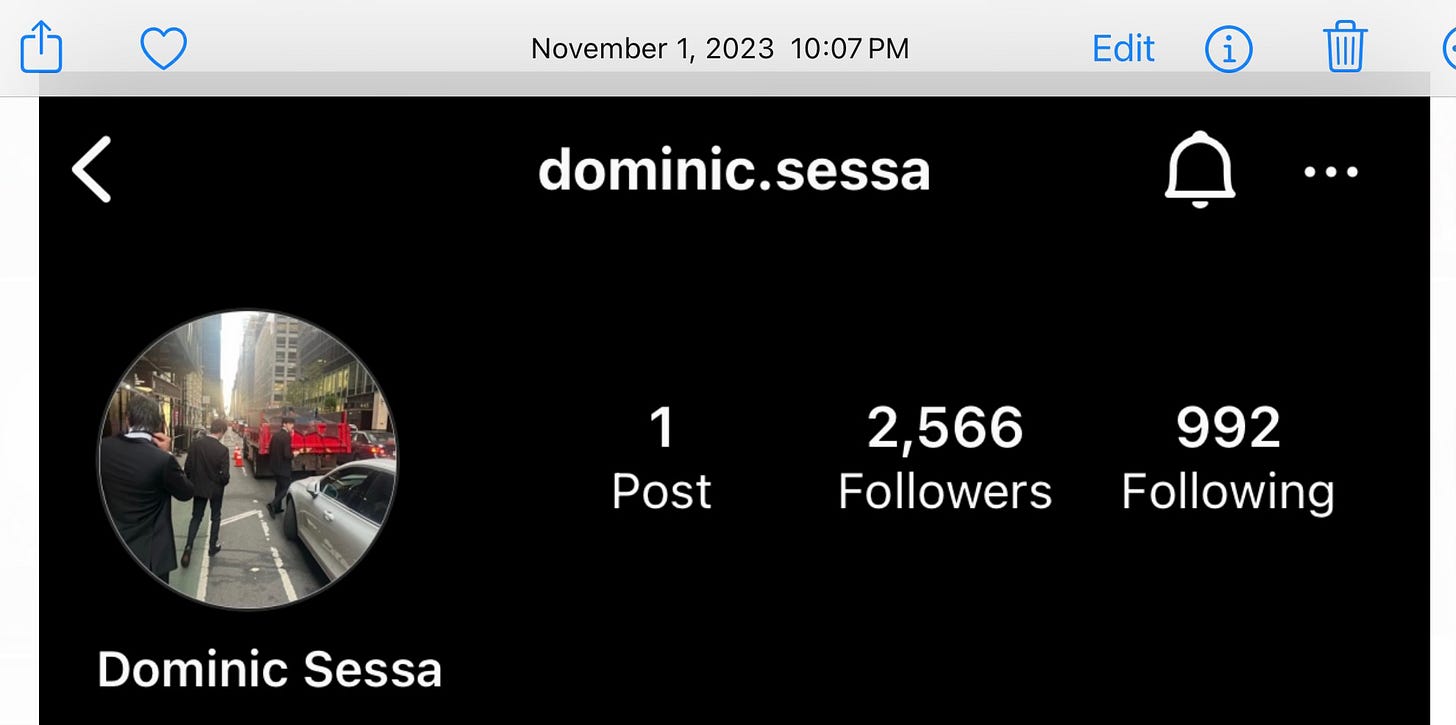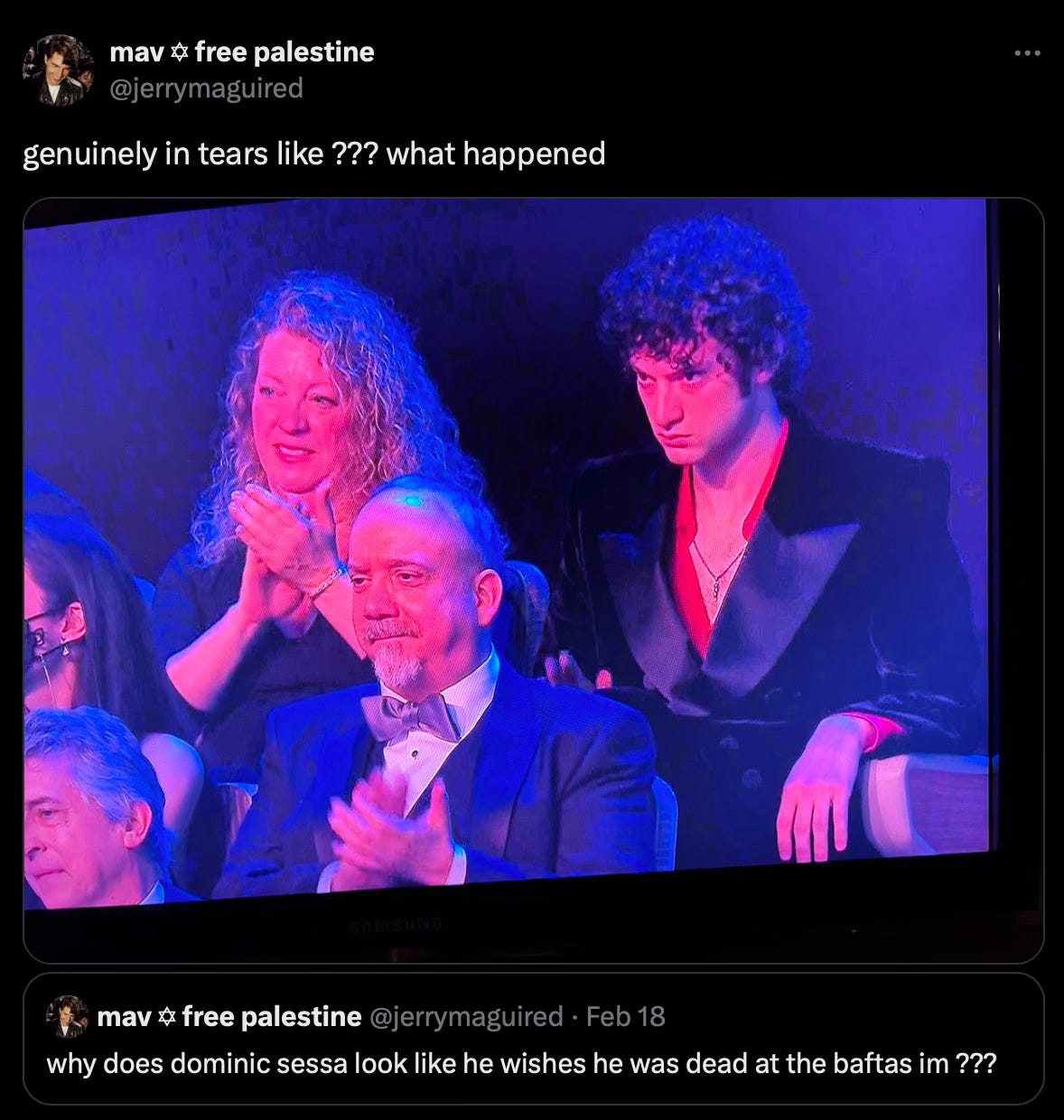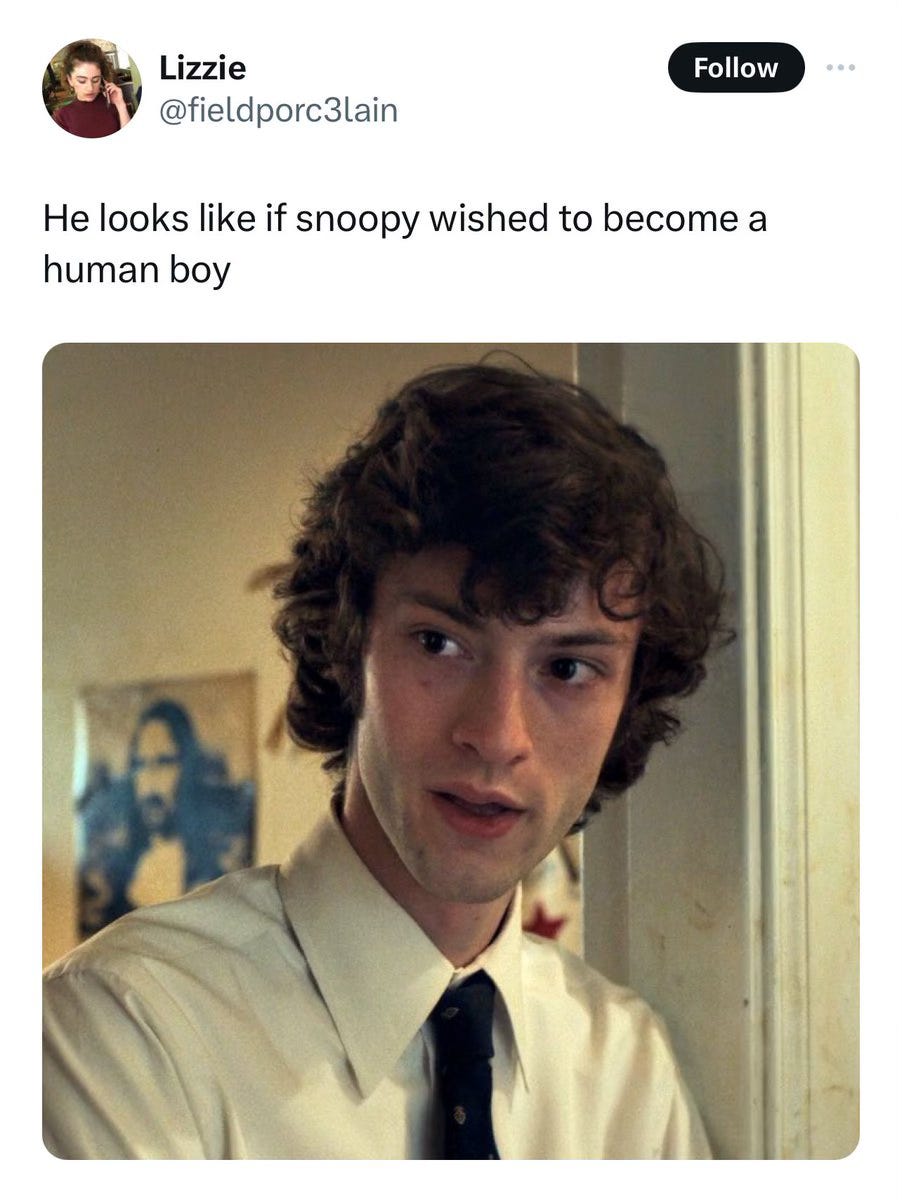As a communications professional, 85% of the time I spend consuming media is preoccupied with wondering about the team behind it.
Who planned the strategy? Who wrote the tweet? How many people had to approve? Was the legal process complicated? How was the article pitched? Did the publicist know the reporter?
Sometimes this pondering stems from a place of anxiety for the communications professionals involved, like when Mila Kunis and Ashton Kutcher tried to remedy their support of convicted sexual criminal Danny Masterson by sharing a vapid apology video.
Where were their publicists?
More often, I look on in admiration, most recently with this campaign from the Professional Women’s Hockey League and Canadian beverage company Molson, addressing that female hockey players’ hair often covers the last name on their jersey. To remedy this, sponsor Molson swapped their name to the top of the jersey, giving the women’s last names more visibility in their new spot at the bottom. Beautiful campaign, as a consumer and a woman, and wildly impressive, as someone who does this for a living.
But the most impressive and obvious display of the importance of publicity is celebrity culture. The entire nature of being a celebrity is one big public relations game. Some people play it better than others.
Celebrity public relations has, in recent years, become less of a “behind the scenes” job. Now, Tree Paine, Taylor Swift’s publicist, has fan accounts. People know what “media training” is. There’s a collective cringe when stars like Kunis and Kutcher deliver poorly thought out and insincere apologies, asking “seriously, where were their publicists?” There are even influencers who have built their niche on decoding celebrity public relations moves.
My favorite celebrity public relations case study of late is Dominic Sessa’s rise to it-boy status.
Sessa starred as the Salinger-reminiscent1 misanthrope Angus Tully in Oscar-nominated “The Holdovers,” which is not only his first film but his first professional acting job. Ever.

Whoever is working on Dominic Sessa’s communications strategy is absolutely killing the game.
They so perfectly understand the internet niche he fits in as a fresh, curly-haired face in a 70’s-period-piece Oscar-bait film. I’m not entirely sure how they knew that he would appeal to cool girls and chronic Letterboxd users — it had to be a hopeful bet based on how he looks and the nature of the film he’s promoting, right?
But it doesn’t matter that much how they reached the decision to position Sessa as the trendy newcomer. The fact that they’ve been successful is the part that is fascinating and impressive to me.
The most obvious win in this strategy came with Sessa’s inclusion in the spring issue of The Face, a decidedly hip magazine that highlights only the coolest of the cool. (I mean, Charli XCX covers the issue Sessa is included in. Regardless of your own opinions on Charli, she is quite in vogue in certain spaces, with her recent Boiler Room set garnering more than 25,000 RSVPs.)
For The Face, Sessa was shot by Alana O’Herlihy, an artist, creative director and photographer who is at the crux of pop culture, working closely with “it-girls” like Devon Lee Carlson and Miley Cyrus and Addison Rae. Her work combines the analog photography styles of a time before social media with the necessary creativity to make them work in today’s media landscape. Some of her photos of Sessa are in Technicolor!
Though I cringe to describe the O’Herlihy effect this way, her work is distinctly appealing to a slightly pretentious, chronically online Gen Zer. Take from that what you will.
Sessa’s team’s choice to position him with The Face and establish his vibe to be one curated and approved by O’Herlihy is a solid and powerful PR move, one that made me genuinely gasp.
I was also absolutely stoked to see Sessa covering Wonderland magazine, another outlet that has established itself to be on the cutting-edge of pop culture. (I’m noticing that a lot of these outlets are using similar branding, in sans-serif heavy-weight impact fonts and bold colors. I digress.)
They posed him with a puppy and called him “Hollywood’s golden boy.” I could’ve died.
It’s clear just from the design of this cover that this is something different from typical PR moves, like late-night-show tours or Wired auto-complete interviews. He’s wearing Miu Miu. There are bubble letters and hearts and stars. I’m sorry to use this word again, but it’s just cool. To me, it’s “cool” like acknowledging people want to know more about Sessa, but using a delicate curative hand on how people receive that information.
I am glad we did not get a Jimmy Fallon interview, in short.
At events, Sessa is being dressed by Warren Alfie Baker, one of my favorite stylists for male celebrities. Baker dresses Andrew Garfield, Andrew Scott, Glen Powell, Patrick Dempsey and — huge for me — a handful of the “Ted Lasso” boys. Baker has reached for a lot of the 70’s silhouettes “The Holdovers” invokes, like the high-waisted pants and the wide legs, refreshing the looks for a modern audience by making the shirts sheer and the sunglasses, well, cool.
And Sessa is absolutely killing the fashion game, in partnership with Baker, with the New York Times calling him “fashion’s latest obsession,” and outlets like GQ giving write-ups on his style and Fashion Week experiences.2
In short, everyone behind Sessa — style team, comms team, manager, etc. — has been making impressive moves to maximize the success of “The Holdovers” and establish Sessa as a fashionable, here-to-stay “golden boy.” I feel lucky to be able to watch this come-up in real time. How exciting for us! For him!
My favorite part of all of this Dominic Sessa hype, though, is that he has proven himself to be quite uncool.
For all of the media opportunities his team has maximized, Sessa remains a normal 21-year-old dude clearly experiencing a level of fame and visibility he’s not quite used to.
Clad in custom Yves Saint Laurent and huge sunglasses, he references “Over The Hedge” as one of his favorite movies in this TikTok interview. He had zero clue what to do with his face at the BAFTAs. He assumes “The Devil Wears Prada” is a movie about Prada and “some sort of demonic influences in there as well.” He’s dorky, strange and earnest, and it’s massively endearing.
He is literally just a guy! And yet I, and so many others, are compelled by him. Rooting for him.
I’m chalking that up to his publicist being wildly good at their job, and maybe a little bit because I personally am a sucker for a slightly strange man with dark curly hair.
Sessa already has his next project lined up — “Tow,” in which he will star alongside Rose Byrne and Demi Lovato. Frankly, that doesn’t sound like my dream cast, but regardless of my lack of excitement for the full project, I’m very much looking forward to seeing how and if he’ll maintain his “it-boy” status with this next wave of work.
In the meantime, I will enjoy the cool-boy content this Oscars season brought me, thank the good lord that there’s a new Timothee Chalamet in town, and giggle at this tweet every time I think of it.
Oh this is me shamelessly referencing my own Letterboxd review…you want to follow me on Letterboxd so bad….@hayleyshea….if you care...
Note: In this article, Sessa denies having a PR team, and I am going to call bullshit, just based on the sheer fact that that claim was written in GQ. Who coordinated the article, Dominic??????








